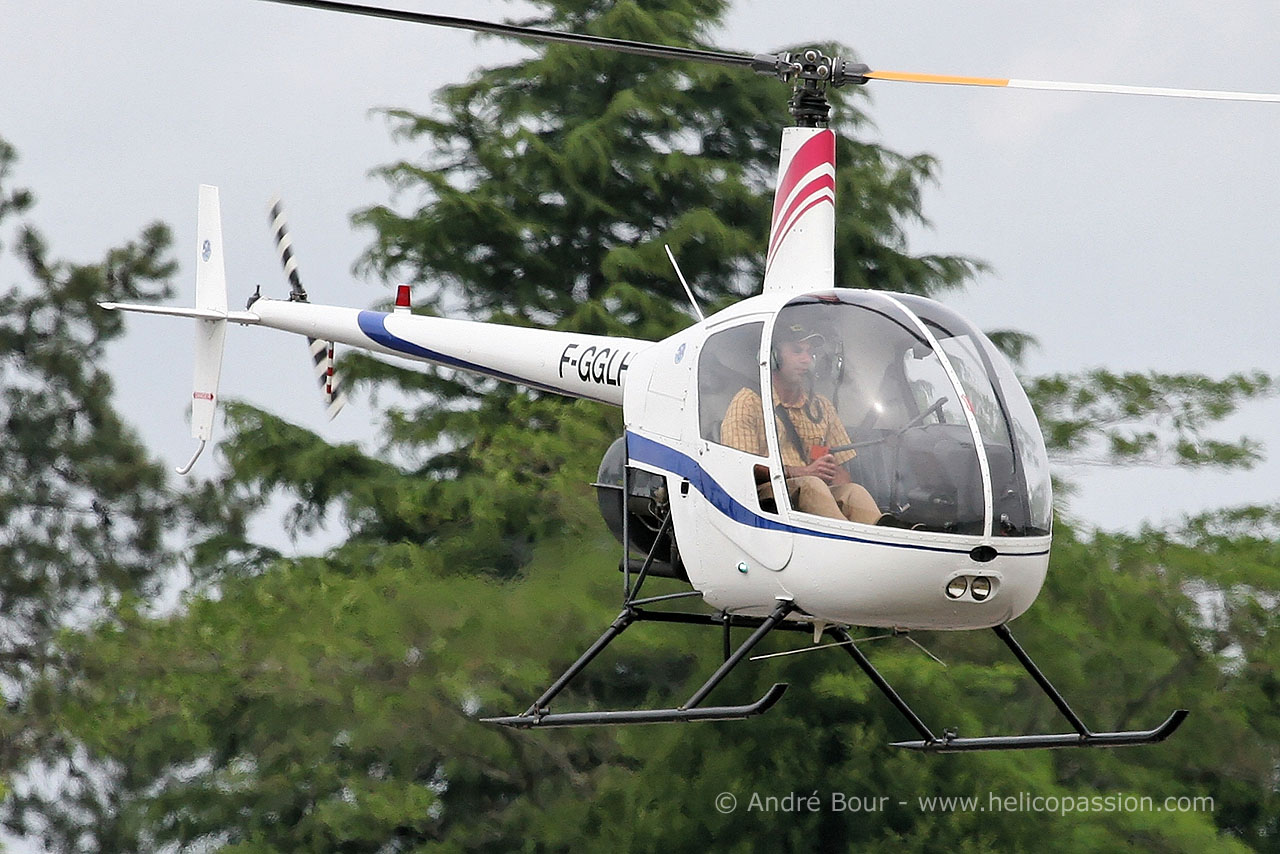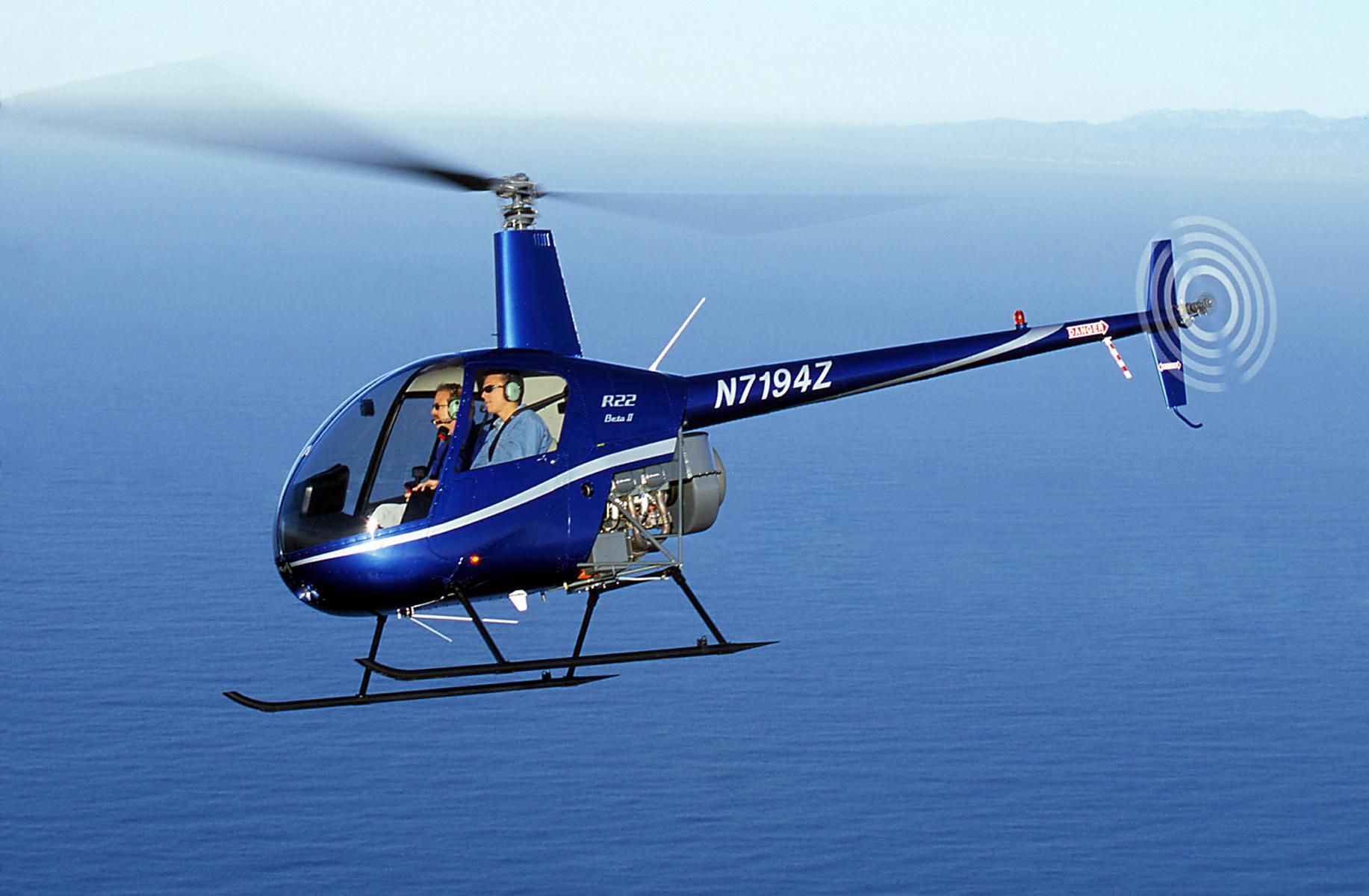
In a squeeze, it was all too easy for neophytes to sometimes forget which way to twist the throttle to stay “in the green.” It changes much for a generation of R22 pilots who had to discipline themselves to handle the helicopter’s effective but somewhat rudimentary systems.įor instance, many pilots (including me) learned to fly a R22 Beta without the throttle governor system, which was offered only as an option. With the advent last year of a new R22 Beta version, the R22 Beta II, a significantly more powerful helicopter is available to addresses all these points. HIGH INERTIA – easier to maintain any given RPM, allows easier transition to autorotation and improved soft landings. Both types have their advantages LOW INERTIA – allows easier low RPM recovery with lower load on the engine and drive system, highly responsive. Pilots must not abuse the power limitations of the R22 Beta Helicopter Lycoming 0-320 piston engine Īnd crews must avoid simple but deadly mistakes, such as shutting off the engine while adjusting the fuel mixture or ignoring the build-up of carburetor ice.ĮDITOR: Having a low inertia rotor system is not necessarily a bad thing. Rotor rpm, for instance, must be maintained by manipulating the throttle and collective in the correct relationship His instructor safety course is thorough in teaching that loss of main-rotor control can be prevented by taking care of business in a number of areas: Frank Robinson has contributed as much to this process as any of the certificating authorities.

Over the years, a great deal of attention has been paid to training pilots to produce the correct reflexive responses. Immediate action to unload the rotor system to keep the blades spinning at the desired rpm is crucial and, literally, vital. There’s no escaping the reality that this lack of mass - and its associated low inertia - is tricky to handle if primary power is interrupted.

The main one was that the rotor system had to be relatively light. To produce the R22 Beta Helicopter – an everyman’s helicopter, certain compromises were unavoidable. On the other hand, their conclusions point to the fact that instructors need to exercise great care to make students sufficiently aware of the characteristics of a light machine with a teetering rotor system. The FAA and the NTSB found no flaws in their designs. Today, the reputations of both models have been cleared: No Robinsons were grounded, but the FAA called upon an assortment of independent helicopter experts to help it investigate the helicopters’ design and performance. Alarmed by a number of accidents, the NTSB was even calling for the FAA to ground the helicopters and review their certifications.

The R22 was followed by the four-seat, piston R44.īut in early 1995, the safety of Robinson helicopters came under scrutiny by the National Transportation Safety Board (NTSB). The result was the two-seat, piston powered Robinson R22, more than 2,600 of which are flying today. YEARS AGO, Frank Robinson aimed to build an everyman’s helicopter having an affordable price and low operating costs. The physical differences between the R22 Beta and the R22 Beta II are indiscernible, despite the larger piston.


 0 kommentar(er)
0 kommentar(er)
